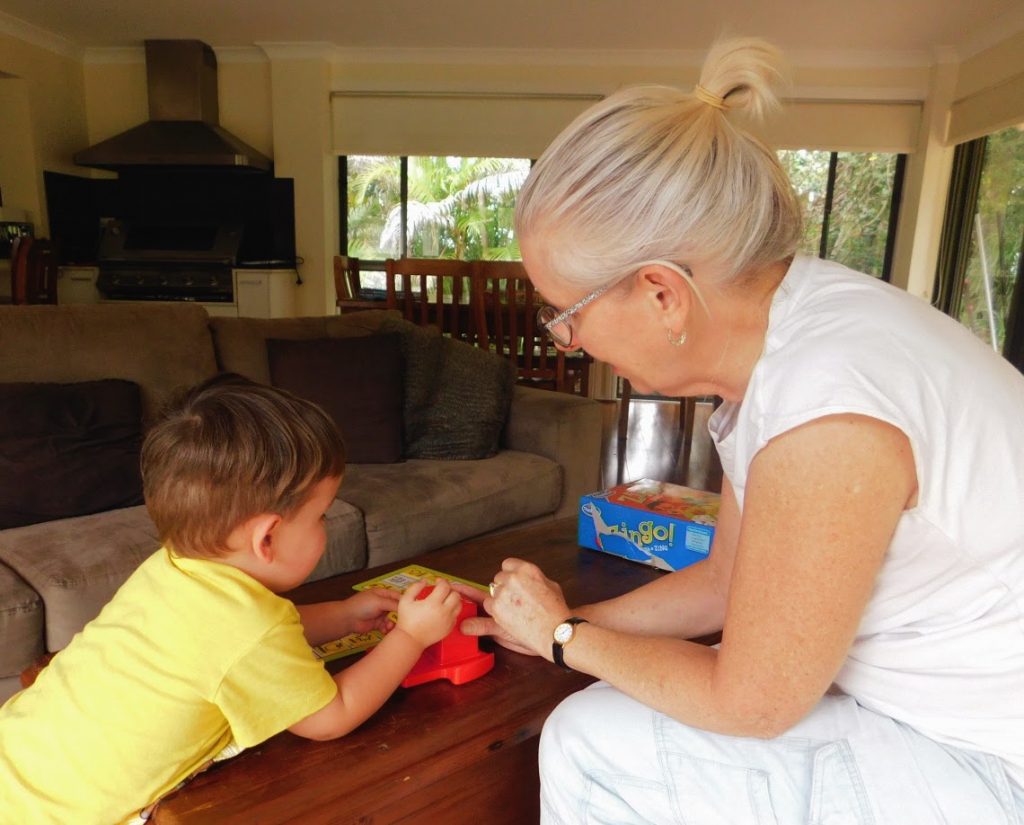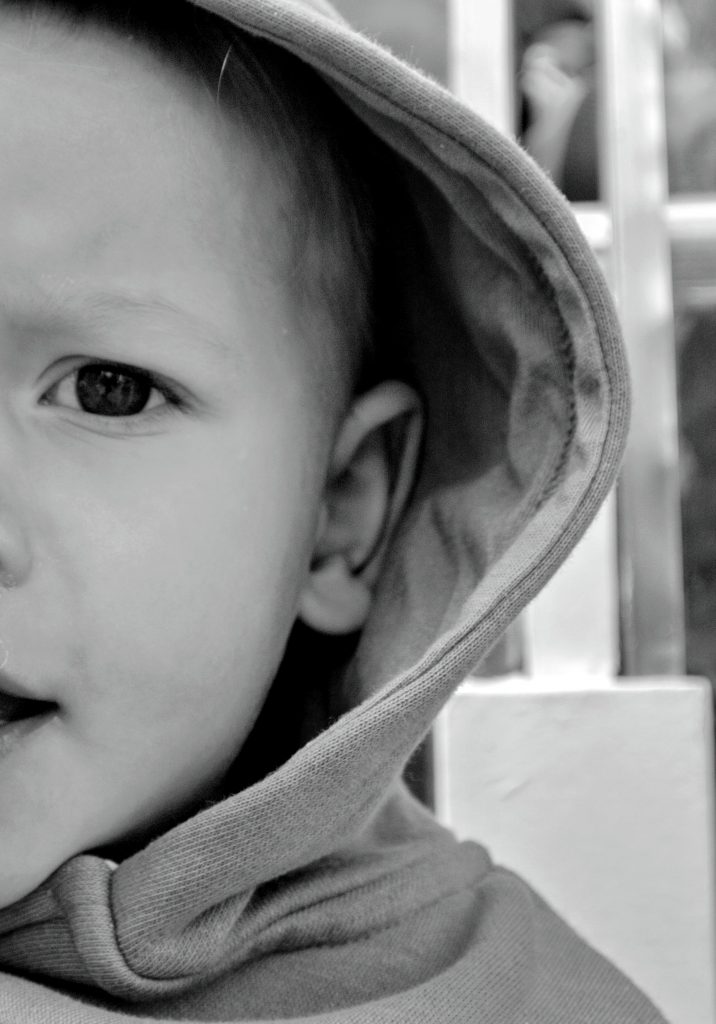Author: Kimberley Taylor, Paediatric Occupational Therapist
5 min read
What is co-regulation? Parents and carers of young children are often engaging in co-regulation without even knowing it – but once you understand the technique, you can use it to support a healthy and supportive environment for your child.“

To understand co-regulation, we first need to understand the concept of ‘self-regulation’. Simply put, self-regulation is your ability to adjust your level of alertness to match the task that you are doing. Our level of alertness varies throughout the day, and what might be appropriate at one moment may not be appropriate at another. For example, if you are highly alert in the evening, falling asleep might be difficult. Likewise, if you’re in a low alert state during an important meeting, you could struggle to focus. Self-regulation allows us to correct our level of alertness.
So, what is co-regulation?
Co-regulation occurs when a parent or another trusted adult supports a child to feel regulated. This is done by modelling, guiding, and coaching the child through their emotions and responses to a situation. It’s teaching through doing.
Kids can’t self-regulate until they can co-regulate. Typically, the ability to self-regulate doesn’t begin until the age of seven or eight, but co-regulation begins while you’re in the womb. Within neurodiverse populations, the capacity to self-regulate may occur much later in childhood or even not at all. Understanding co-regulation is vital if we are to support our kids in their everyday lives.
Clues to a child’s regulation level:
Posture and movement/activity level
Is the child slouched over? Or are their shoulders high against their ears? Are they moving fast? Or are they moving slow?
Emotional tone
What feelings/emotions are they conveying in their voice, face, body?
Voice
Are they speaking in a high or low pitch? Does it sound strained?

Face and mouth
Are they gritting their teeth? Are their eyebrows raised? This can also include any sounds they may be making.
Breath and heart rate
Is their breathing short and shallow? Is their heart beating fast? Are they holding their breath?
How do we achieve co-regulation?
There are a number of strategies we can use help achieve co-regulation:
Be the stronger rhythm
- Remember that in order to co-regulate, you also need to be regulated. What strategies do you use to calm down or stay focused? Make sure you’re doing something everyday to help keep your own body regulated.
- Avoid using strategies that are going to dysregulate you. For example, certain types of music, sounds, lighting, etc.
Breath
- Model taking slow deep breaths to your child whenever you feel frustrated or upset. The more they see you breathe, the more they will breathe.
Be aware of your voice
- Bigger is not always better. Raising your voice may only escalate your child even further.
- Another way to provide intensity without volume is to whisper, or make your voice song-like.
Position your body
- Consider where you position yourself. Standing tall in front of your child can be intimidating for them, try crouching down to their level or moving side-by-side rather than in front of them.
- Sometimes the best thing you can do is wait and be present in the room. Being a calm presence, without using words, can be powerful for co-regulating your child.
Use your emotional facial expression
- Let your child know that you understand how they’re feeling. You can say, “I can see that you’re upset”, “I hear you, you are angry”. Make sure that your tone of voice, gestures, and body language matches your facial expression.
An occupational therapist can help assist and coach you through these strategies and tailor an approach to support your child’s regulation. If you’d like to know more about regulation and how occupational therapy could help your child, contact the team at MoveAbout Therapy Services today.
GET IN TOUCH

